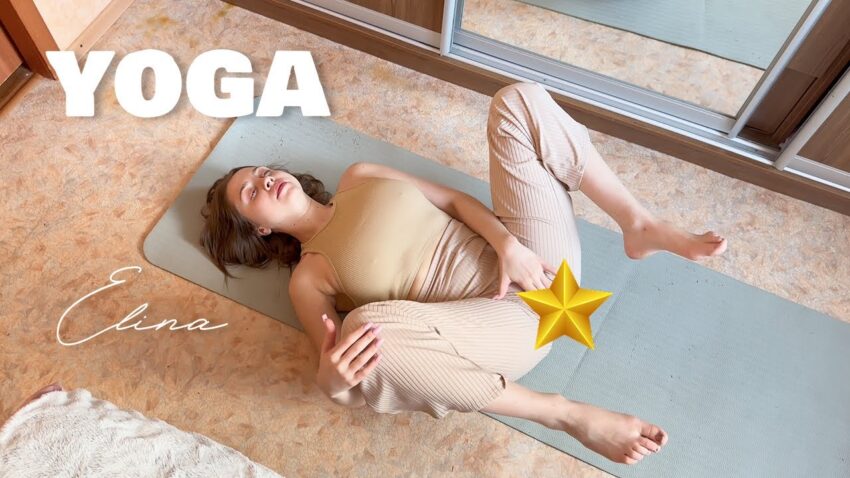In our fast-paced world, the need to slow down and reconnect with our bodies is more important than ever. One of the most effective ways to do this is through deep stretching yoga. Practicing this form of yoga at home allows you to gently open up your body, reduce stress, and improve flexibility—all from the comfort of your living room.
What is Deep Stretching Yoga?
Deep stretching yoga, often referred to as yin yoga or restorative yoga, focuses on holding passive stretches for extended periods—anywhere from 1 to 5 minutes per pose. Unlike more dynamic forms of yoga, the goal here isn’t to build heat or burn calories but to target the connective tissues, such as ligaments and fascia, and to calm the nervous system.
Benefits of Deep Stretching Yoga
- Increased Flexibility: Long holds help muscles and connective tissues gradually release tension.
- Improved Posture: Stretching the spine, hips, and shoulders can correct imbalances and align the body.
- Stress Relief: Deep breathing paired with slow movement calms the mind and lowers cortisol levels.
- Enhanced Circulation: Holding poses encourages better blood flow to tight or neglected areas.
- Better Sleep: Many practitioners report deeper, more restful sleep after evening sessions.
Getting Started at Home
You don’t need a fancy studio or expensive gear to begin. Here’s what you’ll need:
- A yoga mat or soft carpet
- Optional props: pillows, bolsters, blankets, or yoga blocks
- Comfortable clothes
- A quiet space with minimal distractions
Warm-Up (5 minutes)
Before deep stretching, it’s a good idea to gently warm up your body:
- Cat-Cow Pose (Marjaryasana/Bitilasana): 1–2 minutes
- Neck Rolls and Shoulder Shrugs
- Light twisting seated stretches
Deep Stretching Sequence (20–30 minutes)
Hold each of the following poses for 2–5 minutes, breathing deeply throughout:
- Seated Forward Fold (Paschimottanasana)
Stretches the hamstrings, spine, and lower back. - Butterfly Pose (Baddha Konasana)
Opens hips and inner thighs. Let your knees relax toward the floor. - Lizard Pose (Utthan Pristhasana)
A deep hip opener. Use a pillow under your back knee if needed. - Supine Twist
Releases the spine and massages the organs. Let your breath guide you deeper. - Happy Baby Pose (Ananda Balasana)
Great for opening the hips and relieving lower back tension. - Legs-Up-the-Wall Pose (Viparita Karani)
Excellent for reducing swelling, calming the nervous system, and aiding circulation. - Savasana (Corpse Pose) – Final Relaxation
Lay still for 5–10 minutes, focusing on your breath. Let go of any effort.
Tips for a Successful Practice
- Breathe deeply and slowly. Use each inhale to lengthen, and each exhale to soften.
- Use props generously. They support your body and allow you to relax fully.
- Listen to your body. Never push into pain—stretching should feel intense but safe.
- Practice consistently. Even 2–3 sessions a week can make a noticeable difference.
Final Thoughts
Deep stretching yoga is a gentle yet powerful way to care for your body and mind. With just a little time and intention, your home can become a sanctuary of healing and relaxation. Whether you’re recovering from a workout, dealing with stress, or simply wanting to feel more open and grounded, this practice offers something for everyone.
